Royal Observatory’s Photographer of the Year Won For an Eclipse.
Ryan Imperio has been awarded the title of Astronomy Photographer of the Year by the Royal Observatory Greenwich for his stunning photograph that captures the phenomenon known as Baily’s beads during the 2023 annular eclipse.
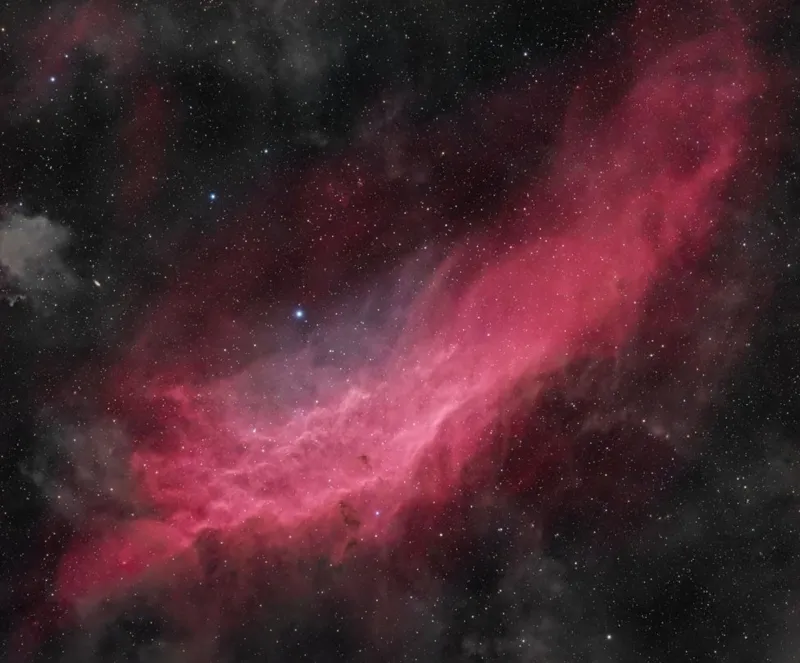
This unique effect occurs when sunlight filters through the Moon’s valleys and craters, becoming briefly visible at the start and end of an eclipse.
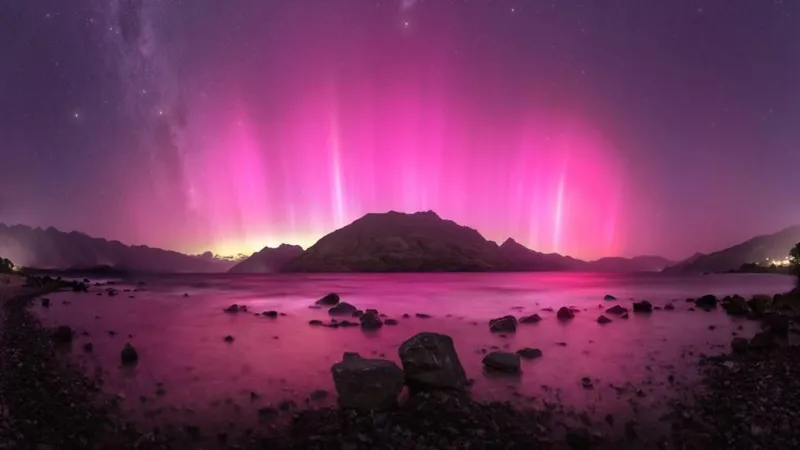
Baily’s beads are a captivating sight, and they can only be observed for a few moments during an eclipse. Kerry-Ann Lecky Hepburn, a meteorologist and one of the judges, praised the winning image as an “impressive dissection of the fleeting few seconds” when Baily’s beads are visible.
Read Also: How Will AI Help in the Next Pandemic?
She expressed her admiration, stating, “This image left me captivated and amazed.”
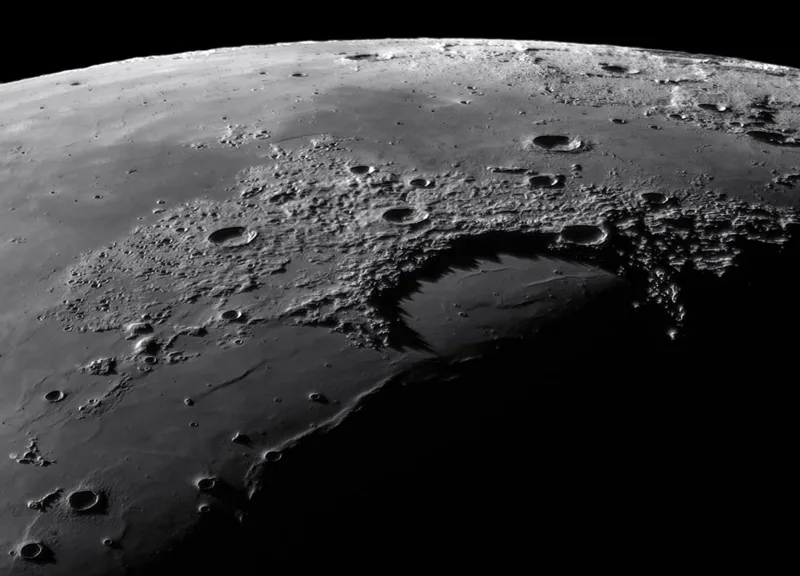
Mr. Imperio, who received a prize of £10,000 for his achievement, shared his surprise at being chosen, saying he “never expected to be selected” and felt “both thrilled and honoured” by the recognition. The competition for the 2024 award was fierce, with over 3,500 entries submitted from 58 countries.
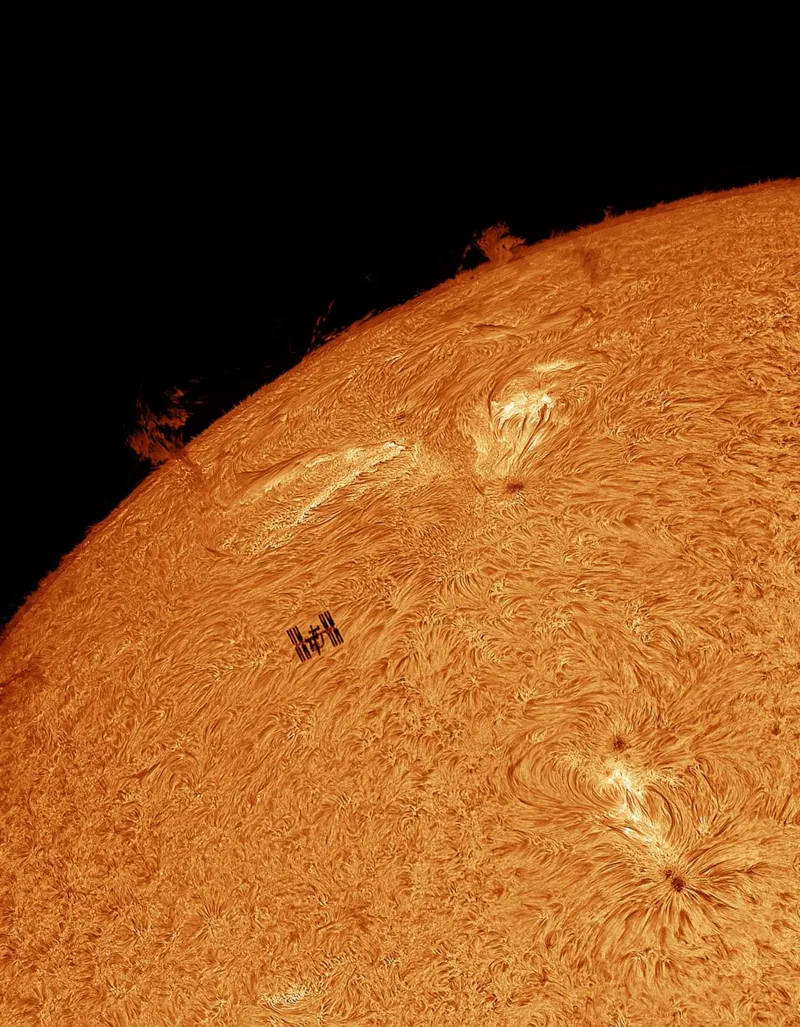
In addition to Mr. Imperio’s success, Daniel Borsari was honored with the Young Astronomy Photographer of the Year award for his remarkable image titled “NGC NGC 1499, A Dusty California.” This photograph showcases the California Nebula, also known as NGC 1499, which is an emission nebula located in the constellation of Perseus.
Tom Williams also took home another prize for his composite of Venus
To create his image, Mr. Borsari combined numerous photographs of the nebula. The California Nebula is situated approximately 1,000 light-years away from Earth and is visible due to the ionization of gases caused by the blue giant star Persei.
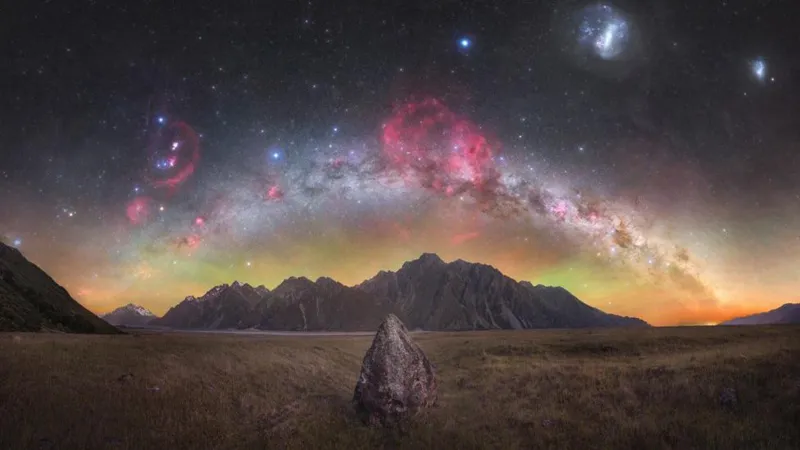
Neal White, one of the prize judges and an artist, remarked that Mr. Borsari’s work exemplifies “the future of astronomy photography being fearlessly, and openly, taken forward by a new generation.” This highlights the evolving landscape of astrophotography and the fresh perspectives brought by young photographers.
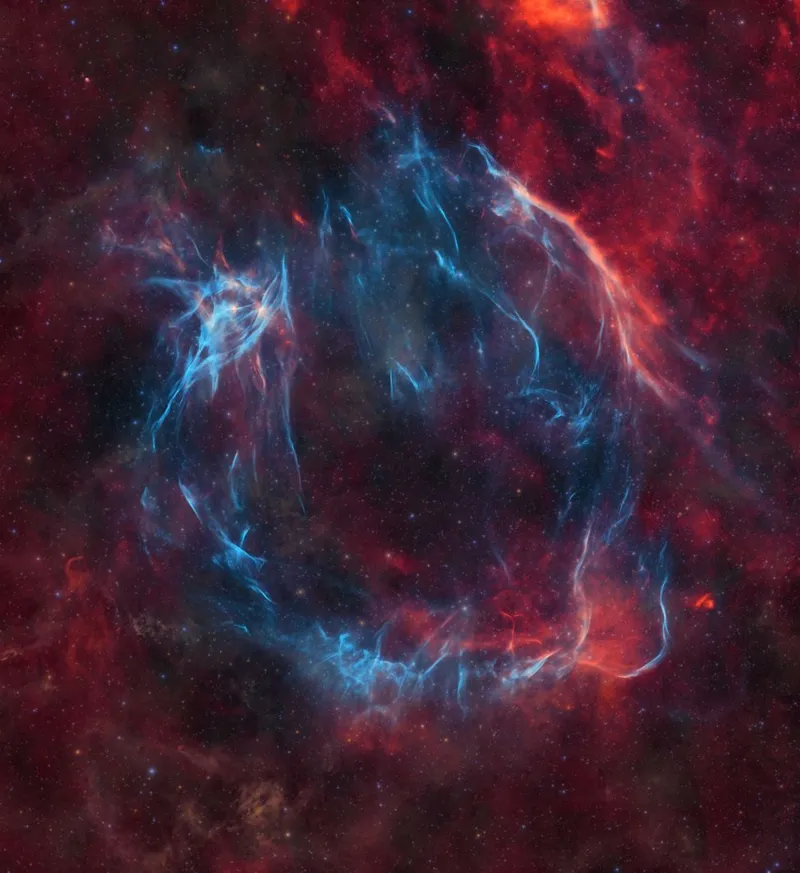
In the Galaxies category, Bence Tóth and Péter Feltót from Hungary emerged as winners for their stunning depiction of the galaxy NGC 5128, which features its impressive relativistic jet. Their dedication to capturing this distant galaxy is a testament to their skill and passion for astronomy.
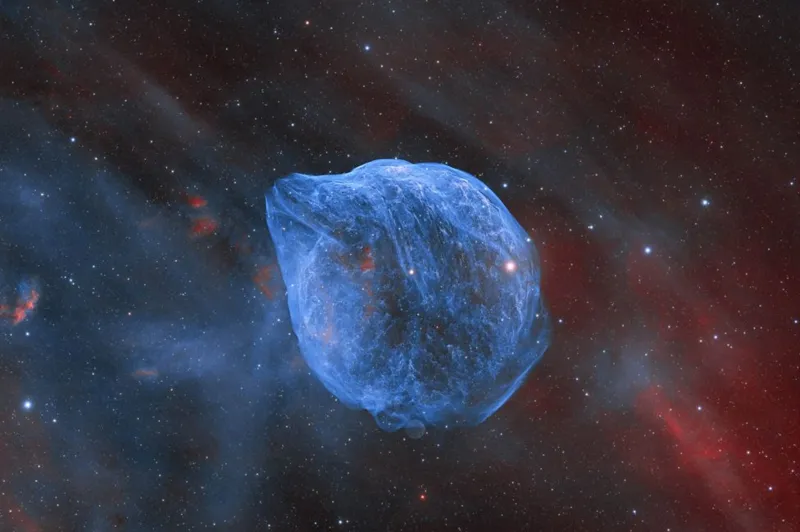
The competition continues to showcase extraordinary talent and creativity from photographers around the globe, emphasizing the beauty and wonder of the universe. Each winning image tells a unique story, reflecting the diverse approaches to capturing celestial phenomena.
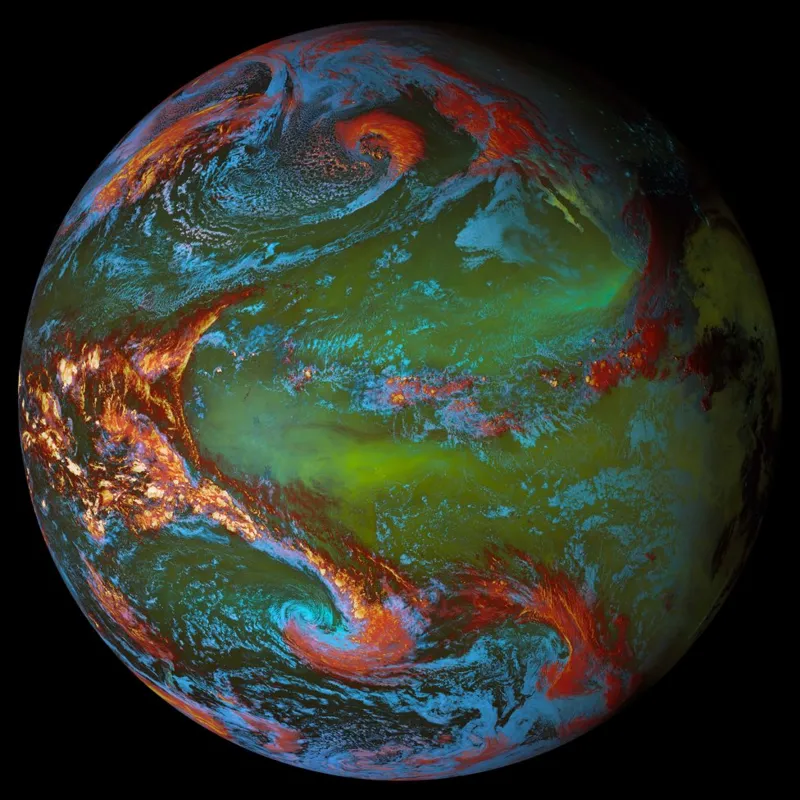
As we celebrate these achievements, it becomes clear that astronomy photography not only serves as an art form but also fosters a deeper appreciation for the cosmos and inspires future generations to explore the night sky.





